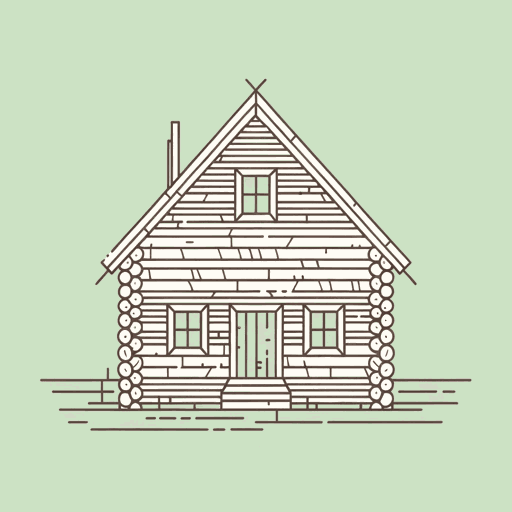85 pages • 2 hours read
Louise ErdrichThe Birchbark House
Fiction | Novel | Middle Grade | Published in 1999A modern alternative to SparkNotes and CliffsNotes, SuperSummary offers high-quality Study Guides with detailed chapter summaries and analysis of major themes, characters, and more. For select classroom titles, we also provide Teaching Guides with discussion and quiz questions to prompt student engagement.
Themes
Anishinabe Culture and White Settlement
Anishinabe is the name for a group of culturally-related Indigenous peoples of the American Midwest and Canada, and it is the name most commonly used for Omakayas’s people in this book. Anishinabe culture features prominently throughout The Birchbark House, but it is most powerfully expressed through the language and the clothing of the book’s characters.
While the book is written in English, the characters often use Anishinabe words and phrases in conversation, and a glossary is provided at the end of the novel. Often, these words express concepts that English translations can’t adequately capture. For example, makazins are mentioned frequently but are never referred to as "shoes" or "moccasins." Makazins are a type of Anishinabe footwear, made of tanned leather and trimmed with beads or fur, and the author’s choice to use Anishinabe words for concepts such as this helps to illustrate the unique and endangered qualities of Anishinabe culture.
The characters often use Anishinabe language to express loving or respectful sentiments. When Old Tallow is first introduced, Omakayas says, “Ahneen [greetings], my auntie...mino aya sana [I wish you good health]” (23). In two powerful moments of bonding between 







Related Titles
By Louise Erdrich
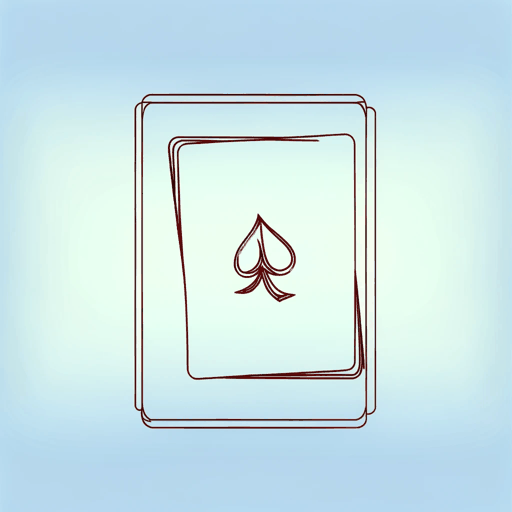
Fleur
Louise Erdrich
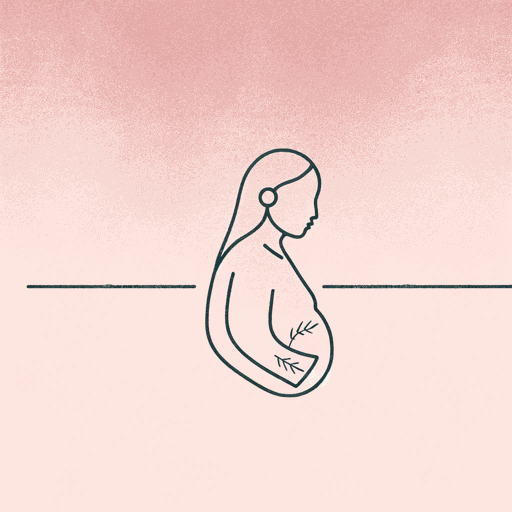
Future Home of the Living God
Louise Erdrich
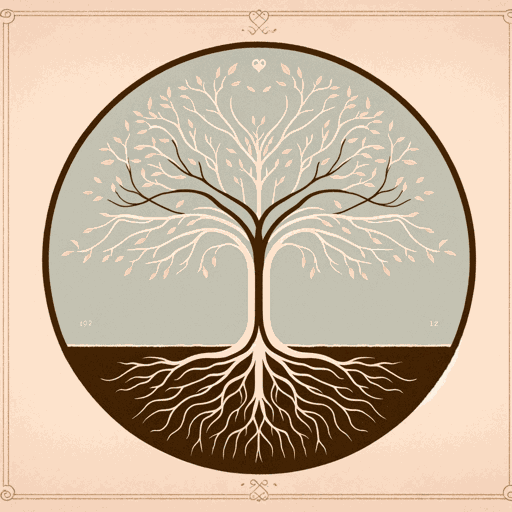
LaRose
Louise Erdrich

Love Medicine
Louise Erdrich

Shadow Tag
Louise Erdrich

The Antelope Wife
Louise Erdrich
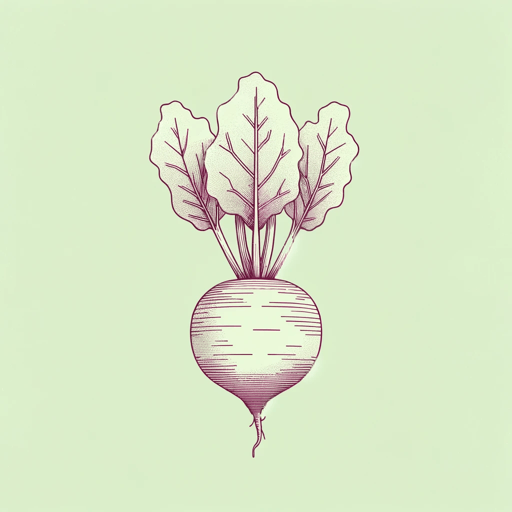
The Beet Queen
Louise Erdrich

The Bingo Palace
Louise Erdrich
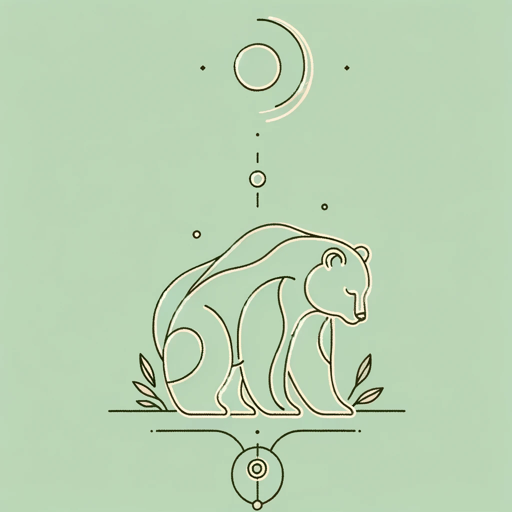
The Game of Silence
Louise Erdrich
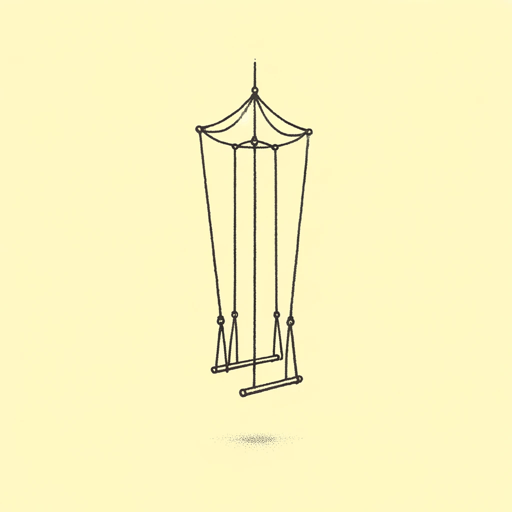
The Leap
Louise Erdrich

The Master Butchers Singing Club
Louise Erdrich
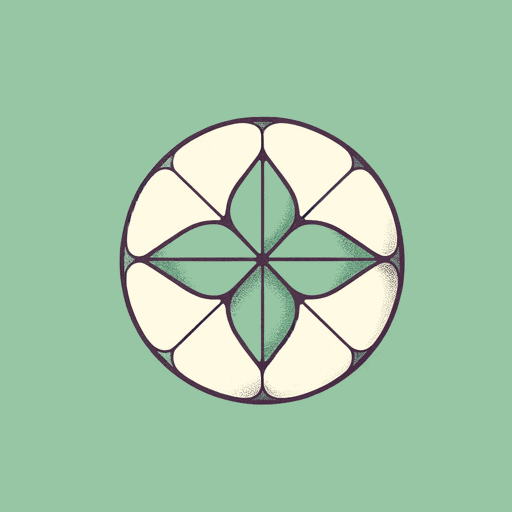
The Night Watchman
Louise Erdrich

The Painted Drum
Louise Erdrich
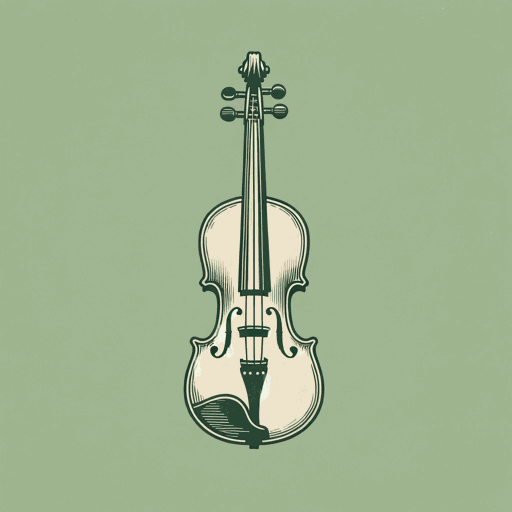
The Plague Of Doves
Louise Erdrich

The Red Convertible
Louise Erdrich
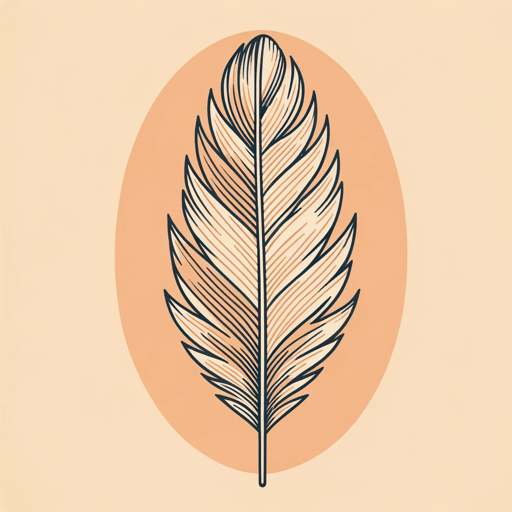
The Round House
Louise Erdrich
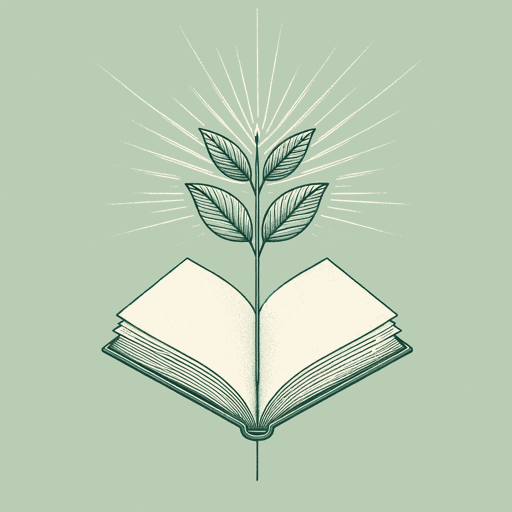
The Sentence
Louise Erdrich

The Shawl
Louise Erdrich
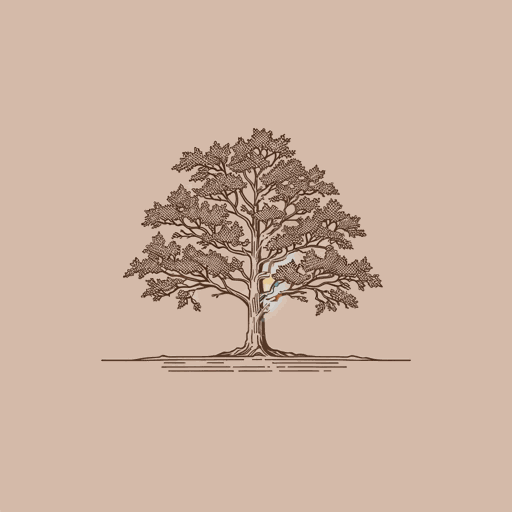
Tracks
Louise Erdrich
